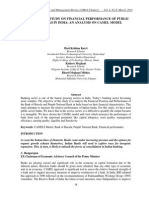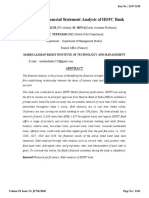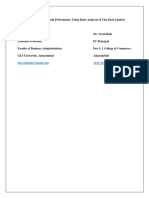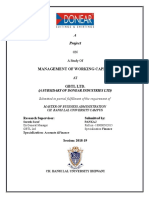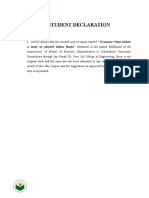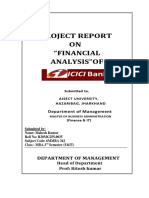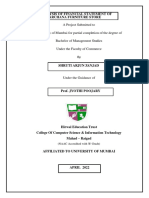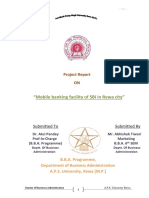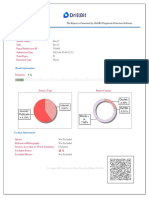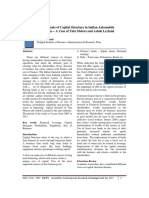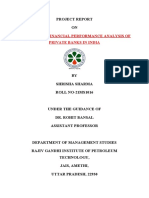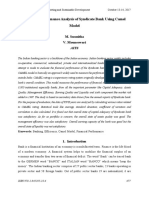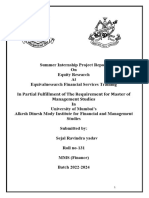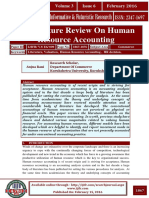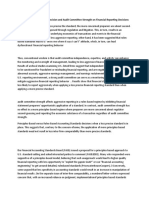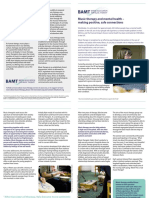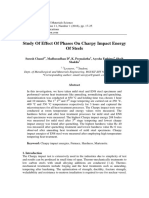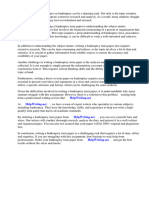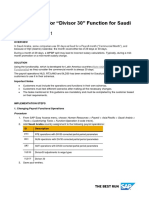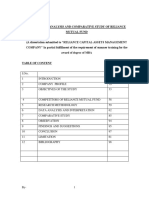0% found this document useful (0 votes)
320 views4 pagesAnalysis of Financial Performance of State Bank of India Using Camels Approach
This document analyzes the financial performance of State Bank of India from 2011-2012 to 2015-2016 using the CAMELS framework. CAMELS assesses the capital adequacy, asset quality, management soundness, earnings, liquidity, and systems/controls of a bank. The analysis found that over the period studied, State Bank of India maintained capital adequacy ratios above minimum RBI requirements. Some ratios like debt-equity showed mixed trends but were not cause for concern. Overall, the analysis concluded that State Bank of India demonstrated excellent financial performance and soundness during this time according to the CAMELS assessment.
Uploaded by
priyankaCopyright
© © All Rights Reserved
We take content rights seriously. If you suspect this is your content, claim it here.
Available Formats
Download as PDF, TXT or read online on Scribd
0% found this document useful (0 votes)
320 views4 pagesAnalysis of Financial Performance of State Bank of India Using Camels Approach
This document analyzes the financial performance of State Bank of India from 2011-2012 to 2015-2016 using the CAMELS framework. CAMELS assesses the capital adequacy, asset quality, management soundness, earnings, liquidity, and systems/controls of a bank. The analysis found that over the period studied, State Bank of India maintained capital adequacy ratios above minimum RBI requirements. Some ratios like debt-equity showed mixed trends but were not cause for concern. Overall, the analysis concluded that State Bank of India demonstrated excellent financial performance and soundness during this time according to the CAMELS assessment.
Uploaded by
priyankaCopyright
© © All Rights Reserved
We take content rights seriously. If you suspect this is your content, claim it here.
Available Formats
Download as PDF, TXT or read online on Scribd
/ 4
